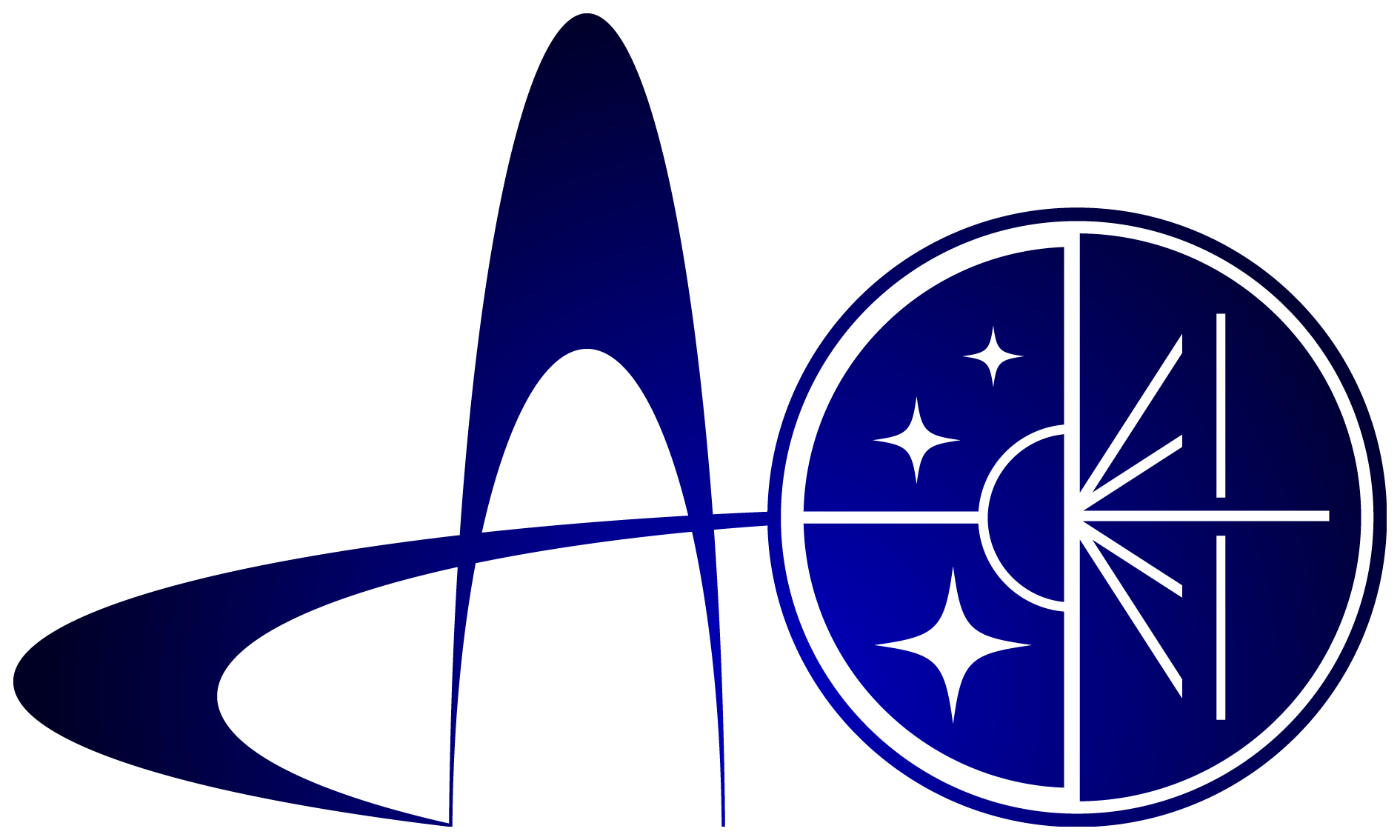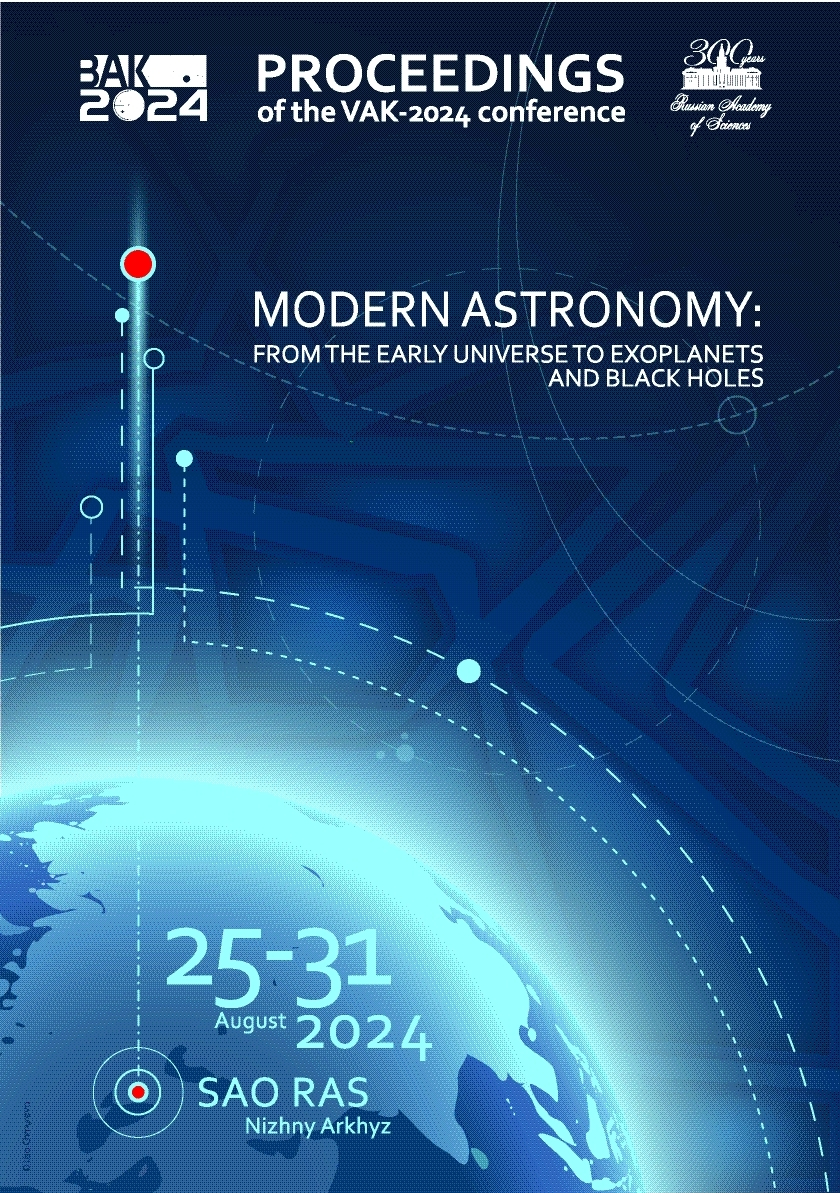UDC 53
UDC 520
UDC 521
UDC 523
UDC 524
UDC 52-1
UDC 52-6
CSCSTI 41.00
CSCSTI 29.35
CSCSTI 29.31
CSCSTI 29.33
CSCSTI 29.27
CSCSTI 29.05
Russian Classification of Professions by Education 03.06.01
Russian Classification of Professions by Education 03.05.01
Russian Classification of Professions by Education 03.04.03
Russian Library and Bibliographic Classification 2
Russian Library and Bibliographic Classification 223
Russian Trade and Bibliographic Classification 614
Russian Trade and Bibliographic Classification 6135
BISAC SCI004000 Astronomy
BISAC SCI005000 Physics / Astrophysics
We consider the dynamic evolution of the compact four-planet system K2-72. The star K2-72 is an M-type dwarf. The system contains three Earth-like planets and one super-Earth. We searched for low-order resonances within the uncertainty of determining the periods of the planets. To determine the resonant combinations of the semimajor axes of the orbits, the ratio of the mean motions of neighboring planets was represented as a segment of a sequence of convergent fractions. We considered a few scenarios for the evolution of the K2-72 system over 100 Myr using the Posidonius software, which allows for tidal interactions. We have shown that the compact planetary system K2-72 likely evolves beyond low-order resonances. A significant change in the semimajor axes of the orbits of the planets K2-72 b and K2-72 d leads to the moving of the adjacent planets b–d and d–c out of the 7/5 and 8/5 resonance regions, respectively. The adjacent planets K2-72 d and K2-72 c are located far from the 2/1 resonance, which excludes the possibility of forming chains of mean motion resonances and, hence, 3-planet mean motion resonances. If the orbital eccentricities do not exceed 0.03, the evolution of the compact planetary system K2-72 over 100 Myr remains stable even in the presence of tidal perturbations.
planets and satellites: dynamical evolution and stability
1. Blanco-Cuaresma S. and Bolmont E., 2017, EWASS Special Session 4 (2017): Star-planet interactions (EWASS-SS4-2017)
2. Charalambous C., Teyssandier J., Libert A.S., 2023, Astronomy and Astrophysics, 677, A160
3. Dressing C.D., Vanderburg A., Schlieder J.E., et al., 2017, Astronomical Journal, 154, p. 207
4. Huang S. and Ormel C.W., 2022, Monthly Notices of the Royal Astronomical Society, 511, p. 3814
5. Luger R., Sestovic M., Kruse E., et al., 2017, Nature Astronomy, 1, id. 0129
6. MacDonald M.G., Feil L., Quinn T., et al., 2022, Astronomical Journal, 163, p. 162
7. MacDonald M.G., Ragozzine D., Fabrycky D.C., et al., 2016, Astronomical Journal, 152, p. 105
8. Murphy M.M. and Armitage P.J., 2022, Monthly Notices of the Royal Astronomical Society, 512, p. 2750
9. Weiss L.M. and Marcy G.W., 2014, Astrophysical Journal Letters, 783, L6









